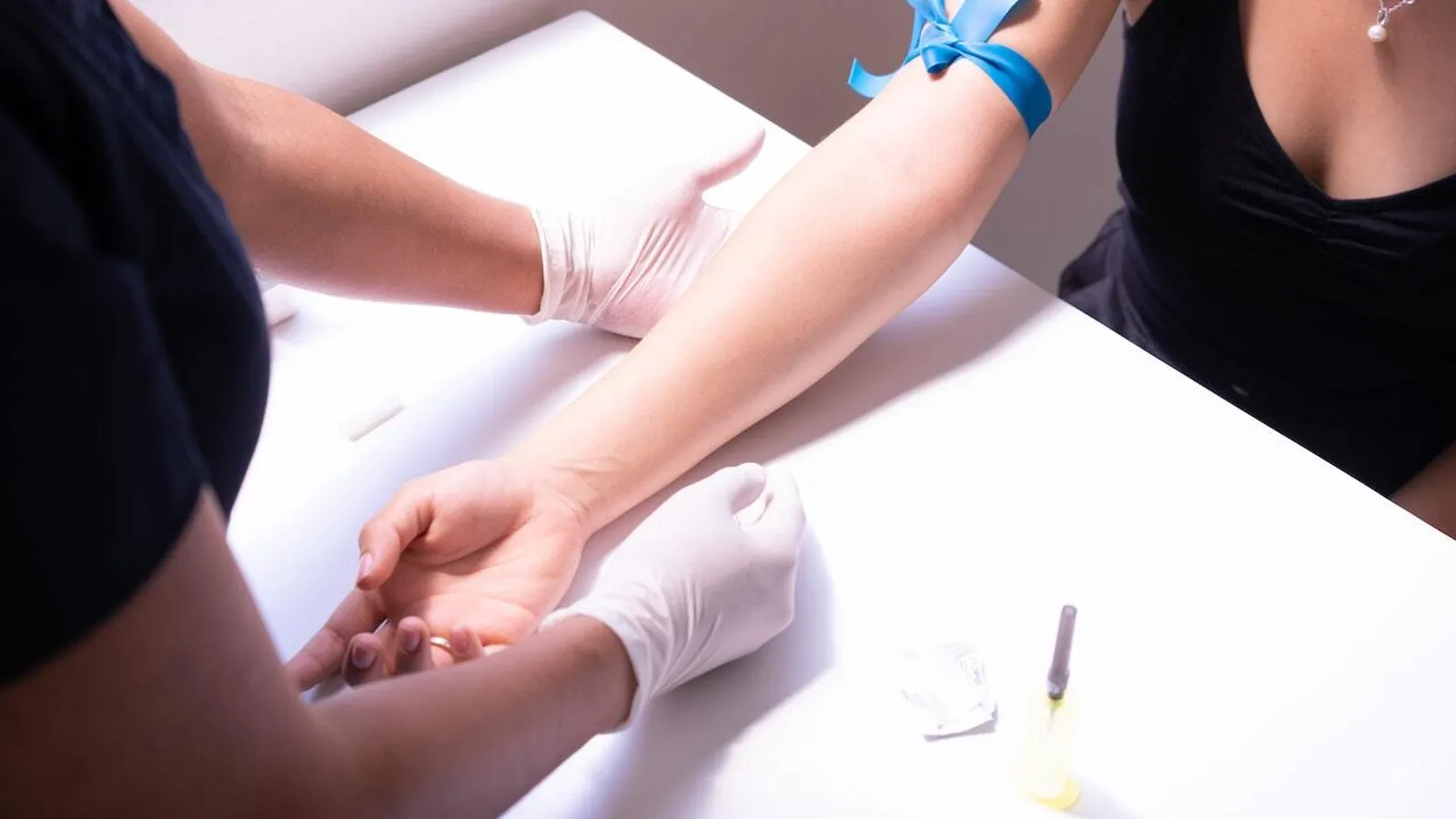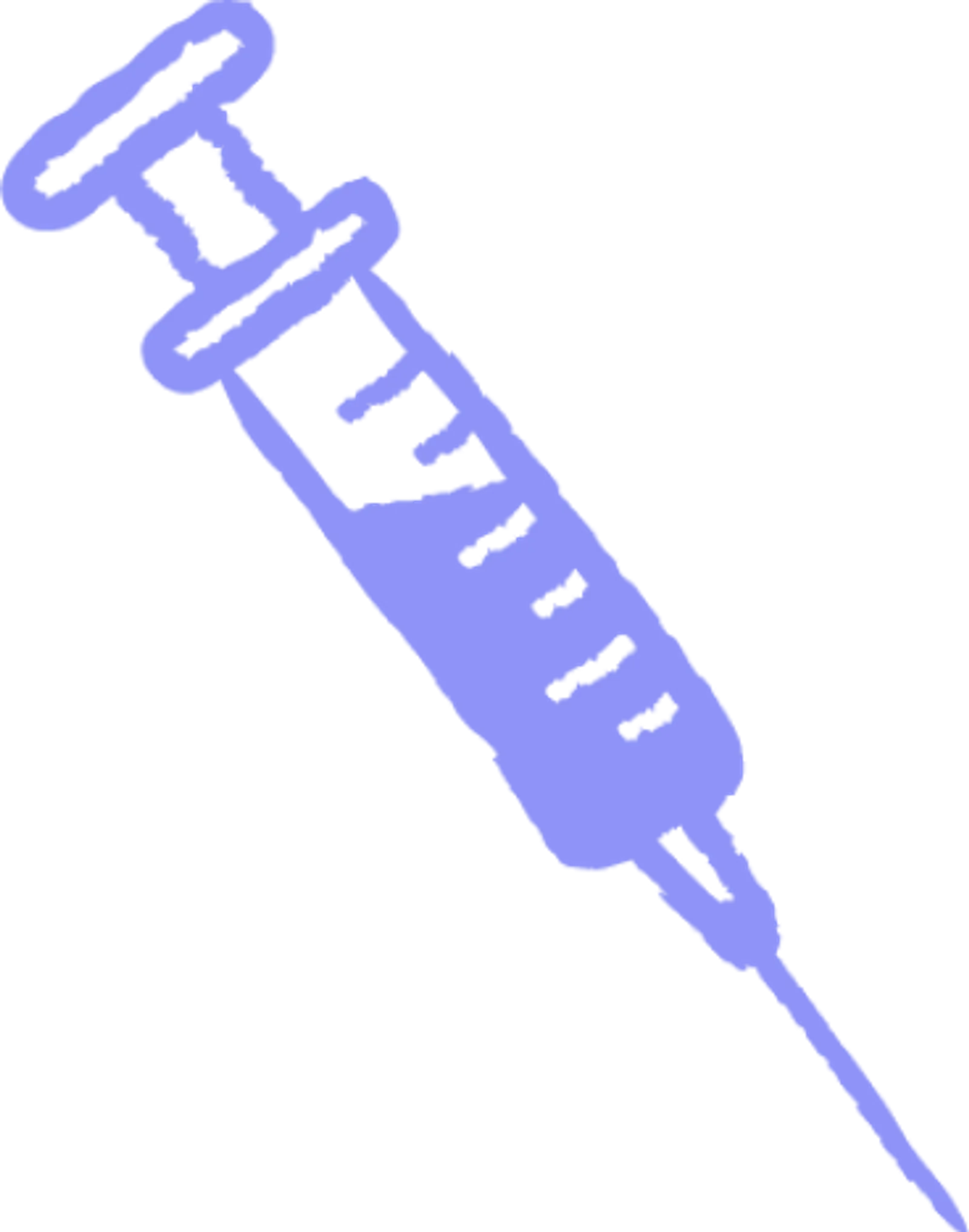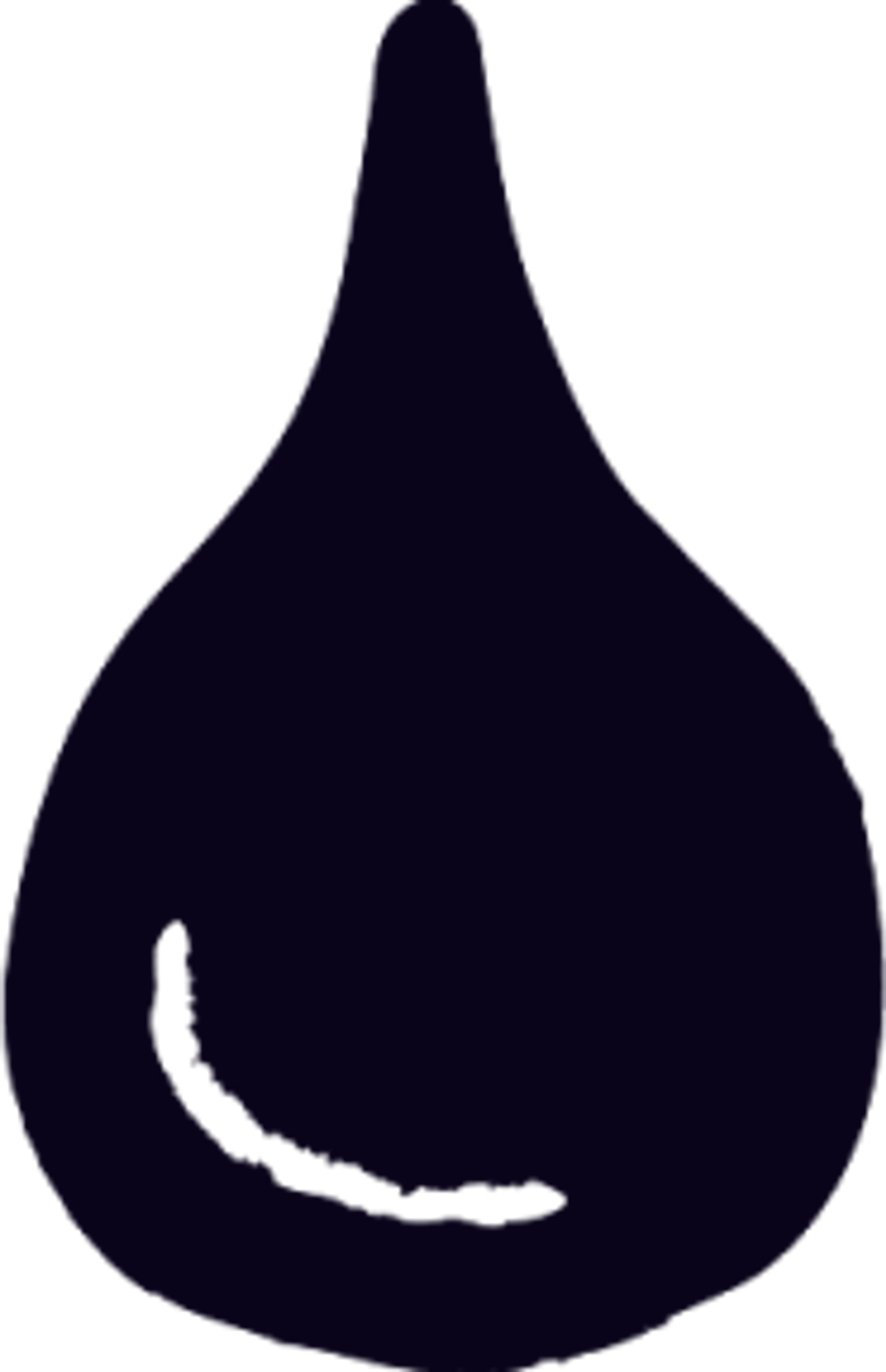Plasma 101
Who: Eligible donors between 18 and 63 can earn up to $560 a month in NY and up to $770 a month in FL.
What: Plasma is the yellow part of your blood that replenishes naturally.
Where: Queens, Brooklyn, The Bronx (NY), and Ft. Pierce (FL).
Why: Get paid to donate and help treat bleeding disorders, immune deficiencies, and more.
When: No appointment needed—walk in anytime before closing.
Plasma Donation: Giving More than Just Blood

Plasma Donation: Giving More than Just Blood
Plasma powers modern medicine, carrying antibodies to treat and fight diseases and proteins to heal wounds. Yet most underestimate this vital bodily fluid as mere blood filtration. Through exploring plasma's origins and overlooked benefits, this article illuminates the transformative - sometimes life-saving - impacts flowing from even one donation. Beyond securing supplementary income, understand how quality plasma from committed donors like those at Olgam Life enables cutting-edge therapies.
Plasma makes up 55% of blood and transports oxygen, nutrients, antibodies, and waste. Donated plasma is used to create therapies that treat illnesses, with demand projected to increase 8% per year. By 2028, over 150 extra metric tons of US plasma will be required annually solely to maintain current immunoglobulin treatment rates.
Understanding Plasma and Its Functions:
Aspect | Description |
Composition | Plasma constitutes about 55% of total blood volume, mainly composed of water (92%), proteins, salts, enzymes, antibodies, and other components. |
Components | Includes water, proteins (albumins, globulins, fibrinogens), electrolytes (sodium, potassium, chloride), nutrients (sugars, fats, vitamins), hormones, and clotting factors. |
Functions | Regulates blood pressure and volume, transports cells and substances, buffers pH, aids in clotting, supports immunity, regulates body temperature, and assists in detoxification. |
Role in Healthcare | Critical for medical treatments like immune deficiencies, bleeding disorders, respiratory diseases, neurological disorders, and fluid replacement therapy. |
Plasma Donation | Plasma donation is essential for producing plasma-derived therapies; Olgam Life plays a key role in maintaining plasma supplies. |
Understanding the Role of Plasma in the Body
Composition of Plasma
Plasma makes up about 55% of total blood volume. It is comprised of mostly water (92% by volume) along with vital proteins, salts, enzymes, antibodies and other components that allow it to carry out its many crucial functions.
The key components within plasma include:
Water - Provides the liquid medium to transport blood cells, nutrients, waste, etc around the body
Proteins - Albumins, globulins and fibrinogens are the main proteins. They help maintain blood pressure and volume, transport substances, and support immunity and clotting.
Electrolytes - Substances like sodium, potassium and chloride that help balance pH levels and facilitate nerve impulses and muscle function.
Nutrients - Sugars, fats and vitamins absorbed from food to nourish tissues.
Hormones - Chemical signals that coordinate activities and processes throughout the body.
Clotting factors - Substances that enable blood clotting to prevent excessive bleeding from wounds.
This complex mix of components allows plasma to carry out several life-sustaining roles within the blood and throughout the body.
The Critical Functions of Plasma
As the liquid portion of blood, plasma serves vital transportation and regulatory functions including:
Maintaining blood pressure and volume - Plasma proteins and electrolytes help regulate the osmotic balance between blood and body tissues. This controls the distribution of water to support blood pressure and volume within healthy ranges.
Transport - Plasma acts as the highway of the vascular system, carrying red blood cells, white blood cells and platelets to where they need to go. It also transports oxygen, carbon dioxide, nutrients from food, cellular waste, hormones and other essential substances around the body.
Buffering pH - Plasma helps stabilize the body’s pH balance between acidity and alkalinity. Electrolytes like bicarbonate shift the pH to neutralize changes that could damage tissues and cells.
Clotting - Plasma contains coagulation factors like fibrinogen that enable blood clotting. When a wound causes bleeding, these factors interact in a cascade to form a clot and prevent further blood loss.
Immunity - Plasma is rich in immunoglobulins like antibodies that identify and neutralize pathogens like bacteria and viruses to fight infection. Other immune cells also utilize plasma to travel around defending the body.
Thermoregulation - Plasma helps regulate body temperature through the distribution of warm and cool blood to different areas of the skin and extremities. Electrolytes also aid temperature regulation through their effects on metabolism.
Detoxification - Plasma transports bilirubin and other waste products to the liver and kidneys where they are filtered out and excreted from the body.
Without this pale yellow liquid coursing through our veins, distribution of oxygen, fighting of infections, absorption of food, elimination of waste and basic metabolism would cease. Plasma helps form the foundation of good health by allowing blood and the cardiovascular system to function properly and interact smoothly with other systems throughout the body.
Olgam Life serves a crucial role in maintaining adequate supplies of donated plasma for developing therapies that keep patients healthy. Patients that regularly receive immunoglobulin therapies rely on healthy plasma donors working with partners like Olgam Life. The life-saving power of plasma donations provide raw materials for medicines that replace missing antibodies and support immune function.
Why Plasma is Critical in Healthcare
Uses of Plasma in Medical Treatments
The role of plasma donation in medical research is paramount, as plasma and its components play a crucial role in preventing, diagnosing, and treating a variety of acute and chronic medical conditions. Plasma-derived therapies utilize proteins extracted from donated plasma to manage illnesses, including:
Immune deficiencies - Plasma contains antibodies and other proteins that are lacking in people with primary or acquired immunodeficiencies. Regular injections of immunoglobulin therapies made from plasma help boost immune function.
Bleeding disorders - Clotting factors found naturally in plasma are processed into concentrates that help treat hemophilia and other conditions affecting blood coagulation.
Respiratory diseases - Plasma-derived alpha-1 antitrypsin supplements help slow lung tissue breakdown in people with genetic alpha-1 antitrypsin deficiency. This helps prevent complications like emphysema.
Neurological disorders - Plasma exchange therapy filters out autoantibodies attacking nerves to help treat Guillain-Barre syndrome and chronic inflammatory demyelinating polyneuropathy (CIDP).
Plasma proteins also have diagnostic and analytical applications for detecting viruses and biomarkers that may indicate cancer, autoimmune disorders, infections and other diseases.
Additionally, plasma itself has uses in fluid replacement therapy to help restore blood volume. In emergencies like burns, trauma or major surgery, plasma infusion provides essential proteins and clotting factors lost through bleeding.
The multitude of clinical applications means sizable demand for quality plasma donations to manufacture these life-preserving and life-enhancing therapies.
The Demand for Plasma in Healthcare
Modern healthcare relies heavily on a steady supply of human plasma donations to create plasma-based therapies meeting vital medical needs. Plasma donation is an unrecognized hero in healthcare. Global demand for immunoglobulin products alone is projected to keep rising 8% annually through 2028. At least 150 metric tons of additional plasma would be required each year just to maintain current immunoglobulin treatment rates in the US.
Unfortunately, most developed countries face shortages in clinically available plasma. Less than 40% of the global need for plasma is currently met. Part of the difficulty lies in finding voluntary, low-risk donors who can commit to regular donations over extended periods. Financial incentives offered by private plasma collection centers help attract and retain the repeat donors required to fractionate the large plasma volumes needed.
Olgam Life serves an integral role in bolstering local plasma supplies to help address this shortage. Their network of FDA-approved plasma collection centers provides essential infrastructure and compensation for voluntary donors to ensure adequate plasma availability for manufacturers. Their high-quality plasma meets the stringent safety and purity requirements for developing plasma protein therapies prescribed to patients like those with immunodeficiencies depending on them for survival.
In a healthcare landscape challenged by aging populations and rising rates of complex chronic diseases, plasma-based treatments offer effective ways to manage certain otherwise debilitating illnesses. Continued plasma collection innovation and recruitment of committed donors by partners like Olgam Life will be vital to ensure dependable plasma access long into the future. This helps guarantee patient health while avoiding costs from hospitalizations due to preventable disease complications.

The Emotional Benefits of Donating Plasma
Enhancing Mood and Mental Well-being
The emotional journey of plasma donation extends beyond contributing to medical therapies; research indicates that the act itself can positively impact the donor's mood and provide support for mental health.
Studies find that committing acts of kindness triggers the release of endorphins and “feel-good” neurotransmitters like serotonin and dopamine. Plasma donation qualifies as altruistic - voluntarily giving up time and physical comforts to potentially save strangers’ lives. This taps into emotional rewards pathways in the brain leaving donors feeling happier and more satisfied.
Those who donate plasma frequently also exhibit lower levels of negative mood indicators like depression, anxiety and stress compared to non-donors. The sense of purpose and emotional lift from knowing someone else benefits from each donation session creates positive feelings. Giving life through plasma donation can add a boost to the donor’s overall wellbeing and quality of life.
Some psychological researchers attribute these mental health gains to the “helper’s high” phenomenon. Helping others bathes neural networks in the brain’s reward system with positive neurochemicals. Plasma donors get to safely experience these helper’s high benefits directly through each donation.
Building a Sense of Community and Purpose
Plasma donation and you – a lifesaving partnership. On top of personal mood improvements, plasma donation also cultivates social bonds and purpose. As a plasma donor, you have a commitment to community health. At centers like Olgam Life, donors interact with staff and fellow donors creating a sense of community. The shared understanding of why regular donations matter brings collective meaning. Knowing that plasma donation will make a difference is is a driving force that unites donors in a shared purpose, fostering a sense of community and reinforcing the collective understanding of the impact regular donations can have on the lives of others.
Surveys indicate that plasma donors feel they contribute to the greater good through their commitment. This activation of prosocial values fulfills innate human needs for purpose and connection. Knowing their consistency directly enables creation of therapies sustaining other’s lives compounds pride in supporting their community.
By financially compensating donors, Olgam Life recognizes that consistent plasma contributions require real commitment. Earning supplementary income often serves as the initial motivation bringing local residents into plasma donation centers. But once immersed in the process, many come to appreciate plasma donation as more than “just for the money”. Lasting intrinsic rewards emerge from helping fellow community members while providing for one’s own needs.
This sense of purpose and community belonging counteracts growing trends of loneliness, disengagement and lack of direction affecting mental health. It’s why regulars at plasma donation centers like those run by Olgam Life exhibit lower levels of anxiety, depression and emotional isolation compared to non-donors. They feel part of something bigger than themselves.
Far from just blood extraction, the psychological and social benefits blended into plasma donation experiences at Olgam Life centers enrich the well-being of donors and recipients alike. Walking out with supplementary income is an obvious perk. But being buoyed by the emotional “helper’s high”, and feeling part of a collective purpose also rewards dedicated donors from the inside out. This unique mix sustains loyalty while transforming health beyond the physical level.
The Process and Benefits of Plasma Donation:
Aspect | Description |
Pre-Donation Preparation | Includes getting adequate rest, staying hydrated, eating nutritious meals, and bringing necessary identification. |
Donation Process | Involves check-in, health screening, physical exam, connection to plasmapheresis machine, plasma collection, and monitoring. |
Post-Donation Care | Recommends fluid intake, avoiding strenuous activities for a short period, and following recovery advice from technicians. |
Emotional Benefits | Donating plasma can enhance mood and mental well-being, creating a sense of community and purpose. |
Healthcare Contribution | Plasma donations are vital for creating therapies for various medical conditions, with Olgam Life playing a crucial role in this process. |
The Process of Donating Plasma
Pre-Donation Preparation
How does plasma donation work? To ensure a smooth plasma donation experience, donors should adequately prepare by:
Getting a good night's rest
Staying well hydrated in the 24 hours preceding donation
Lifestyle: Eating a healthy, nutritious meal before arriving
Bringing an approved photo ID and donor card to the appointment
Proper hydration is key as water helps replace the plasma volume removed. The body also needs adequate stores to create new plasma after donation. Drinking 16-32oz of water in the hours before arriving helps donors avoid dehydration side effects like dizziness.
While special dietary restrictions are not necessary, avoiding fatty foods right before donation can prevent nausea. Eating lighter protein and complex carb rich meals instead gives the body steady energy. Iron-rich foods also support healthy plasma regeneration.
Donors will need to show government issued photo ID like a valid driver’s license or passport at their first appointment for identification. Regular donors use special provided donor cards for subsequent visits. Having these ready avoids check-in delays.
Arriving to appointments well-prepared and well-rested makes plasma donation efficient while helping donors avoid side effects.
During the Donation: Steps and Safety
The actual plasma donation process progresses smoothly as follows:
Check-in - Donors confirm appointments and show ID/donor cards at reception
Health screening - Staff check vitals, take health histories and test blood samples
Physical exam - A technician physically examines veins to choose the draw site
Connect to plasmapheresis machine - The phlebotomist cleans the site and inserts a sterile needle connected to an automated machine that will separate and collect only plasma from the blood
Plasma collection - Blood flows from the body into the plasmapheresis device which spins it to separate plasma from red and white blood cells. The cells are periodically returned to the body along with small saline solution boluses while the plasma collects in a bag
Monitor the process - Technicians remain nearby monitoring comfort levels, blood pressure, flow rates and collection volumes to ensure safety
Unconnect and wrap up After collecting the target plasma volume, the needle is removed and a bandage applied to stop any minor residual bleeding
Olgam Life centers follow extensive safety protocols during the plasma donation process so donors can relax through the automated collection. Technicians continuously monitor comfort levels and biometrics to minimize risks of vasovagal reactions that rarely occur. Mild side effects like numbness or tingling from citrate anticoagulants added to the blood during processing typically resolve shortly after donation finishes.
Post-Donation Care and Recovery
After plasma removal finishes, drinking plenty of fluids helps replace volume. Most feel ready to leave after finishing provided snacks and juice boxes. Lightheadedness can be avoided by not leaving too quickly. Gentle arm exercises also minimize bruising.
While vigorous physical activity is not recommended immediately after donating, normal activity can be resumed within 12-24 hours. A good night’s rest is beneficial, but extended downtime is not necessary.
To allow levels to regenerate, the FDA mandates at least 48 hours between whole blood donations and 7 days between plasma donations. Staying well hydrated and eating nutritious meals supports this rebuilding process. Olgam Life technicians advise donors on when they can safely return based on measured protein levels.
Most feel back to normal within hours after donation. Rare side effects like tingling or blurred vision resolve quickly but technicians can provide guidance for any persistent symptoms. Their aftercare advice promotes prompt recovery and readiness for future donations.
Overall the automated plasmapheresis process provides a well-tolerated, low impact way to donate plasma. Following basic preparation, health monitoring and recovery recommendations helps ensure excellent experiences at Olgam Life facilities. If you are interested in donating blood or have any questions, give us a call! Check out our frequently asked questions for more guidance.
















